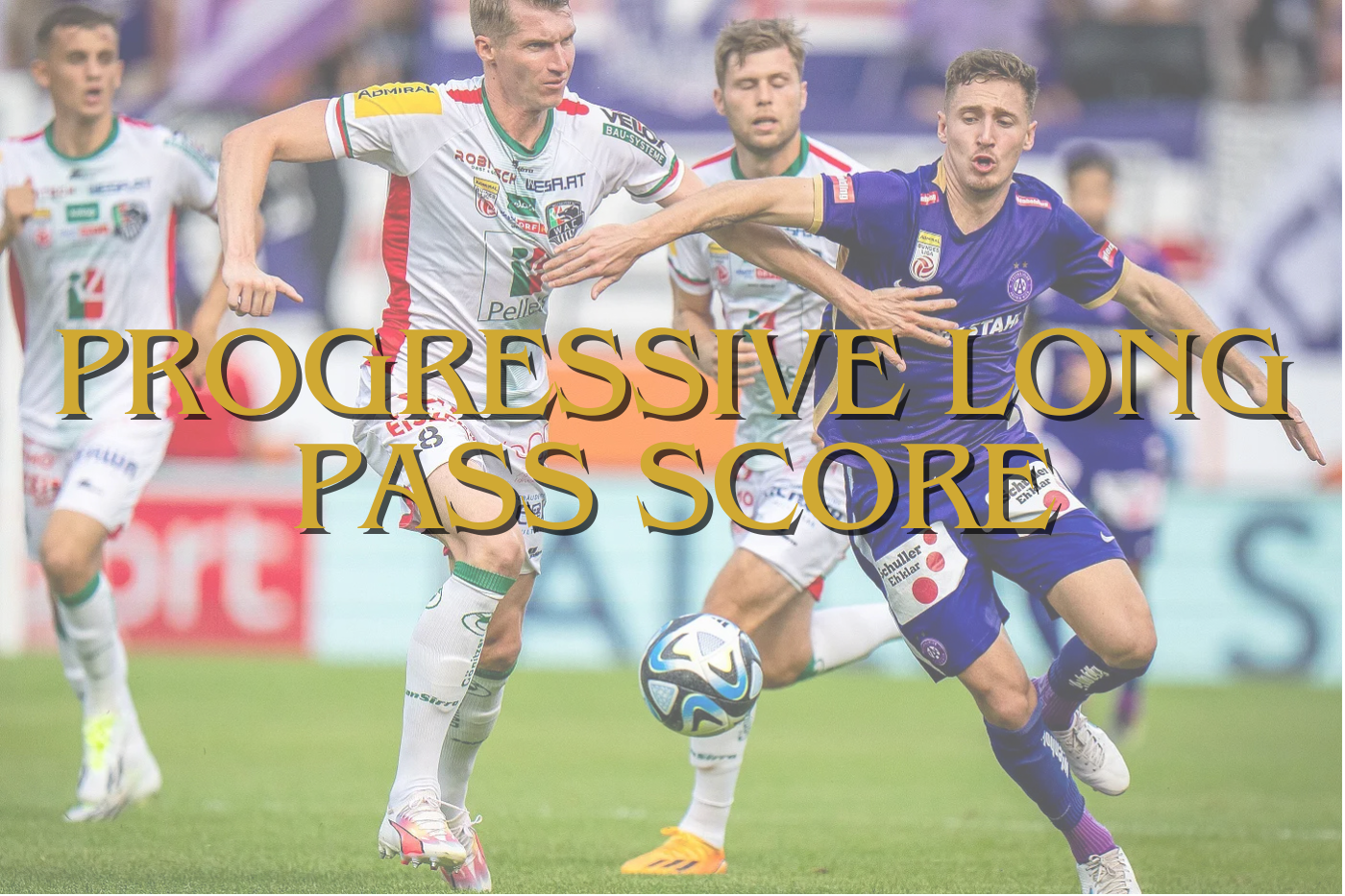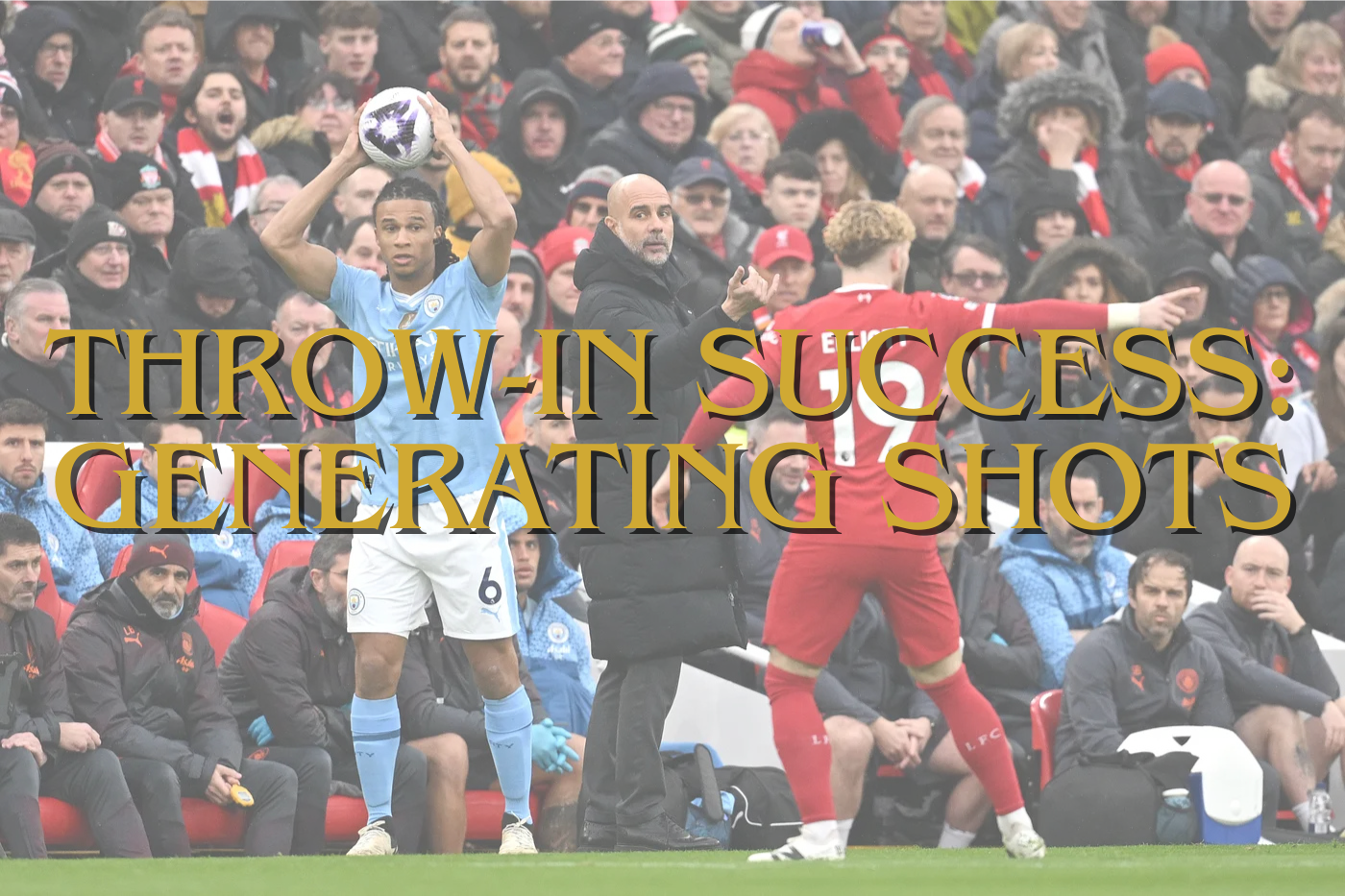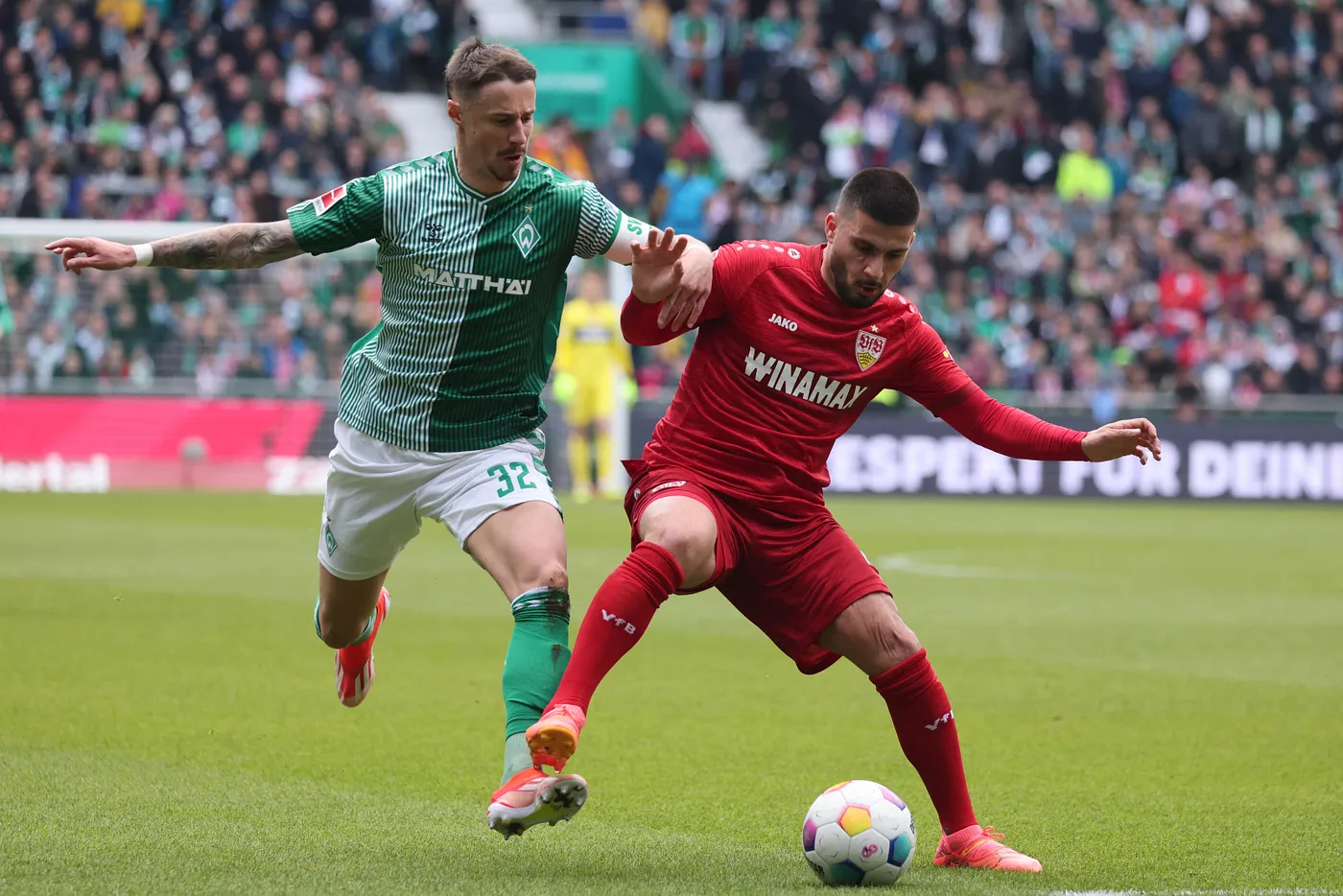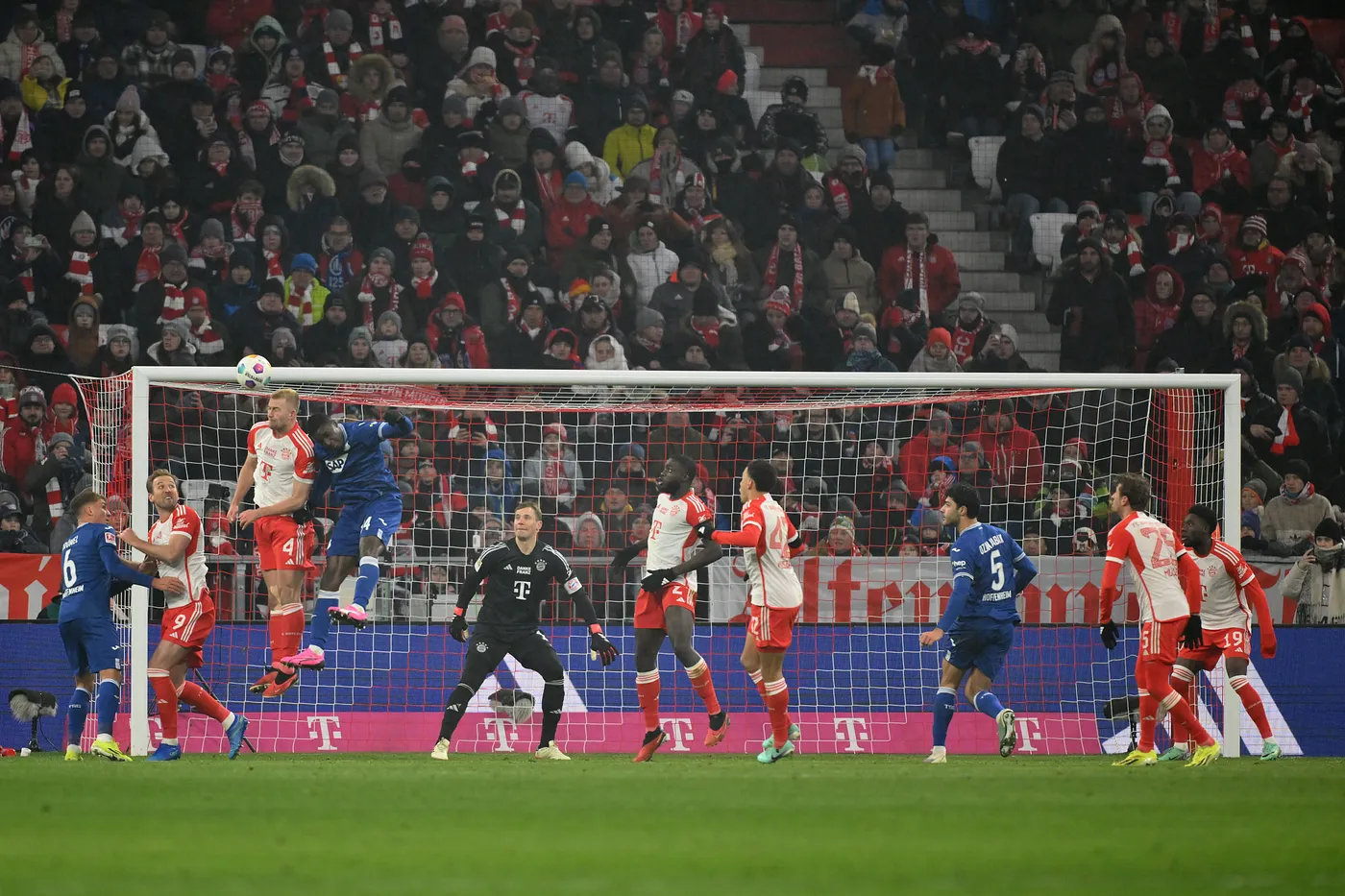It’s day 13 of blogmas already with this time’s attention for the Primeira Liga in Portugal. In this article, I will focus on attacking corners done by Sporting Clube de Portugal, as they are the most successful with scoring from corners. Currently, they have scored 5 goals from attacking corners.
In this analysis, I will analyse 3 different successful corners, look at their routines and explain why these were so successful in the league. The video footage is from Wyscout and has been retrieved on December 13th 2021.
Sporting CP vs FC Paços de Ferreira
In the video above we see Sporting CP in their game against Paços de Ferreira. They have a corner from the left and it’s taken by a left-footed player, meaning the ball will swing out away from the goal, rather than swing in towards the goalkeeper. Paços de Ferreira employs a five-player zonal structure, meaning that Sporting CP will predominantly use late runners to disturb their zonal structure.
There is one player in the six-yard box, in the far post zone, and man-marked by Paços de Ferreira. We then see three different units: two players in the near post zone, two players on the penalty spot and one in the far post zone, together with that other player. Outside the penalty area, we see two players who are tasked with cleared balls but also do function as the first line of rest defence in the case of a counter-attack.
As soon as the ball is played we see movement in those players, four players move into the near post zone, while one player goes to the goalkeeper zone. The player in the goalkeeper zone has the space to head the ball and guides it to the near post again. After which it is converted into a goal by one of those four players standing at the near post. The pace of the attacking side is higher and therefore they surprise Paços de Ferreira.
Sporting CP vs Vitória SC
In the video above we see Sporting CP in their game against Vitória SC. They have a corner from the left and it’s taken by a left-footed player, meaning the ball will swing out away from the goal, rather than swing in towards the goalkeeper. Vitória SC employs a six-player zonal structure, meaning that Sporting CP will predominantly use late runners to disturb their zonal structure.
There is one player in the six-yard box, in the near post zone, and man-marked by Vitória. We then see two different units. We see two players making their way into the near post zone and we see three players who are making late runs into the six-yard box too. Outside the penalty area, we see one player concerned with the cleared balls and/or rest defence.
Those three deep, late runners are of vital importance to the success of this corner routine. These three players have the greatest distance to cover and they can go into that six-yard box because these runs are effective against a zonal structure and all three of them have space. In the end it’s a good header that scores the goal for Sporting CP.
Sporting CP vs FC Famalicão
In the video above we see Sporting CP in their game against Famalicão. They have a corner from the right and it’s taken by a right-footed player, meaning the ball will swing out away from the goal, rather than swing in towards the goalkeeper. Famalicão employs a five-player zonal structure, meaning that Sporting CP will predominantly use late runners to disturb their zonal structure.
There is one player just outside the six-yard box, and will make his move into it. Then we have two players in the near post zone and two players on the penalty spot. There is also one player in the deep far post zone, who is in the penalty area. He is available for a shot, but will also deal with cleared balls.
As soon as the ball is kicked we see that the ball is going to the near post zone and one of the two players that were on the penalty spot makes a run to that zone and connects with it. The ball is guided to the area between the far post zone and the goalkeeper zone – the other player who starts at the penalty spot has space and time to finish the ball: goal for Sporting CP.






